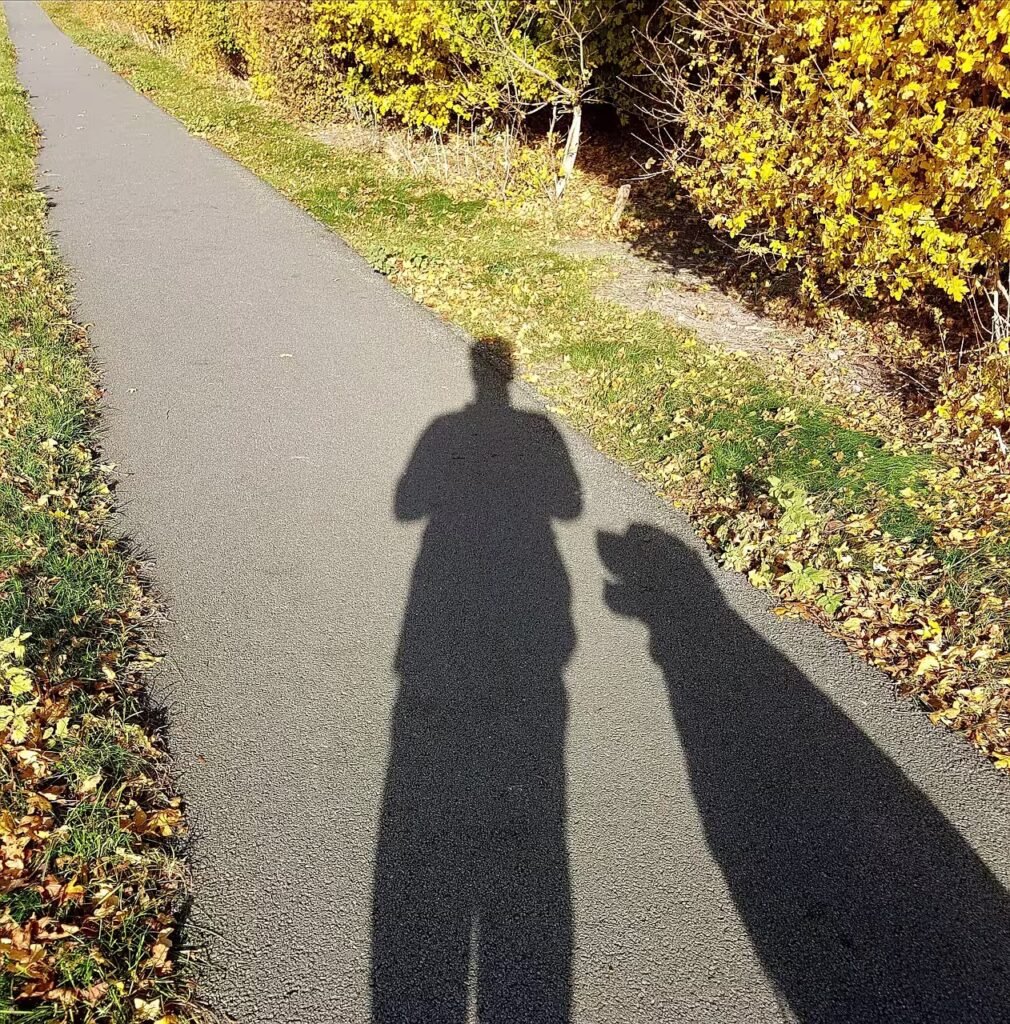How to Improve Pronunciation with Shadowing: The Best Language Learning Technique

If you want to improve pronunciation with shadowing, you’re in the right place. Shadowing is a powerful language learning technique that helps you mimic native speakers’ rhythm, intonation, and accent to sound more natural. In this post, I’ll show you exactly how to use the shadowing method effectively to boost your pronunciation and speaking confidence in any language.
Many learners understand grammar and vocabulary but struggle to speak with a native-like accent. Shadowing trains your mouth, ears, and brain to work together so you can finally improve your pronunciation and flow.
What Is Shadowing? A Proven Language Learning Technique to Improve Pronunciation
Shadowing is a language learning technique where you listen to native speech and repeat it immediately, trying to match the speaker’s tone, rhythm, and intonation as closely as possible.
It’s not just “repeating” — it’s mimicking. You become a vocal shadow of the speaker.
Originally developed by polyglot Dr. Alexander Arguelles, shadowing is now used by advanced learners and pronunciation coaches to reduce foreign accents, improve fluency, and build natural speaking patterns.
Why Shadowing Works So Well for Pronunciation Improvement
Shadowing taps into how we naturally acquire language as children: by hearing and imitating. It trains your mouth, ears, and brain to work together — helping you absorb the real music of the language.
Here’s what it improves:
- Pronunciation and clarity
- Natural rhythm and sentence stress
- Intonation (how your voice rises and falls)
- Accent reduction — you start sounding more like a native speaker without obsessing over every phonetic rule
Think of it as muscle training for your mouth — not just memorizing words, but learning how to say them like a native.
Step-by-Step Guide: How to Improve Pronunciation with Shadowing

You can start shadowing today with nothing but a phone and a pair of headphones.
I also encourage you to choose a role model — that is, the person you’re going to imitate, and you will be their “reflection” You can pick a famous actor or actress and copy their tone, expressions, rhythm, and so on. Preferably someone around your age and with a somewhat similar voice, though that’s not mandatory.
Here’s how to do it:
- Choose a short audio clip (30 seconds to 2 minutes). It should be native speech — think podcasts, interviews, dialogues.
- Listen actively once or twice to get the meaning.
- Play it again and repeat immediately after each phrase or sentence, trying to match everything — the speed, tone, pauses.
- Don’t read a transcript at first — focus on listening and speaking, not reading.
- Record yourself occasionally to compare and adjust.
- I would recommend to do it while standing up, or at least with a straight spine.
- I personally like to use only one of the headphones, so I can hear myself while I do it, comes down to personal choice, I just find it easier that way.
Want to hear how I do it?
I’ve recorded myself shadowing in Russian, but there are English subtitles so you can check while I explain.
Click here to listen to my real shadowing demos
Now you have a visual idea of how it’s done, time to try it yourself!
Common Mistakes When Trying to Improve Pronunciation with Shadowing
- Whispering or mumbling. Shadowing needs to be loud and clear — engage your full voice. Although, it’s fine if it’s too quick and you don’t catch some words.
- Using robotic AI voices. Always shadow real, natural speakers.
- Pausing too much. Try to stay in sync, even if you don’t understand every word.
- Getting stuck on one line. Shadow for flow, not perfection.
How to Make Shadowing a Daily Habit

Improving pronunciation by shadowing doesn’t require hours of study — just 10 to 15 minutes a day can make a noticeable difference.
Try it:
- While walking or commuting.
- While doing chores.
- Before or after a speaking session.
It’s one of the few techniques that actively trains your speaking ability without needing a partner.
FAQ Section
Q: Should I use subtitles when shadowing to improve pronunciation?
A: At the beginning, it’s better to shadow without subtitles to train your listening and speaking muscles. Later, you can check subtitles for tricky parts, but avoid reading while speaking.
Q: Can shadowing improve listening skills as well as pronunciation?
A: Definitely. Shadowing is not just for speaking—repeating in real time forces your brain to process sounds faster, improving listening comprehension too.
Q: Can beginners use shadowing, or is it only for advanced learners?
A: Beginners can absolutely benefit! Start with simple phrases or slow speech, focusing on rhythm and sounds, then gradually increase difficulty as you improve.
Q: Do I need special equipment to practice shadowing?
A: No special gear is needed—just headphones and audio recordings of native speakers.
Final Takeaway: Shadowing Can Reshape Your Accent and Confidence
If you’re tired of studying grammar and vocabulary but still feeling awkward when you speak — this is your next step.
Shadowing is how you stop translating in your head and start thinking in the language.
And the best part? You don’t have to do it alone.
Explore my shadowing audios, or join my personalized lessons where I’ll guide you through your own accent transformation — one session at a time.
Check my post about Shadowing in German here
Want to sound more native in your target language? Book a class with me here

Pingback: How to Improve German Pronunciation with Shadowing
Pingback: Learn Spanish Subjuntivo Easily - Real-Life Phrases & Fluency Tips